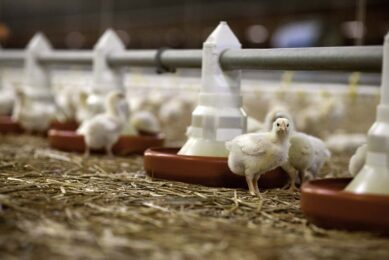Scientists aim to stop Campylobacter infections
Iowa State University scientists are now trying to understand how Campylobacter develops resistance to antibiotics and is transferred to people via the food chain causing food-borne illness.
Campylobacter jejuni, associated mainly with poultry, has developed resistance to fluroquinolone antibiotics after antibiotic treatment of animals. However, even though these anitobiotics were banned in 2005, the presence of antibiotic-resistant strains of C. jejuni remained high.
It was discovered that the antibiotic-resistant strains grow more successfully in the intestinal track of poultry than the non-resistant strain, even in the absence of antibiotics. The persistence of antibiotic-resistant C. jejuni in poultry highlights the need for new strategies to control it. Consequently, researchers are targeting the genes involved in the development and persistence to prevent emergence and transmission of the antibiotic resistant organisms.
“We will continue our efforts to understand the antibiotic resistance mechanisms and ecology of antibiotic-resistant Campylobacter,” said Prof. Qijing Zhang at I.S.U.* “We are also interested in developing intervention strategies to prevent the transmission and colonization.”
* USDA’s Cooperative State Research, Education, and Extension Service funded this research through the National Research Initiative’s Food Safety program.
Related link:













